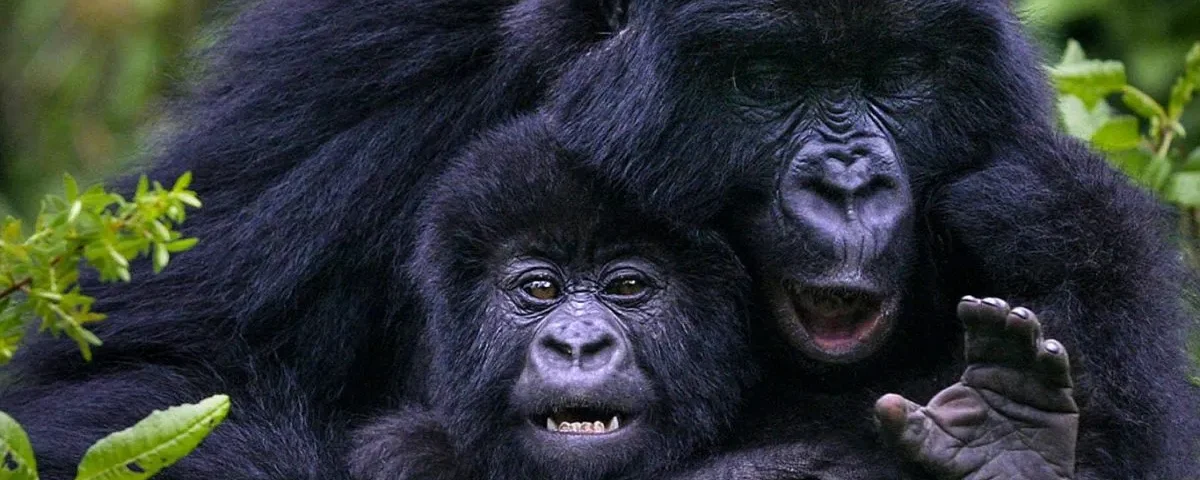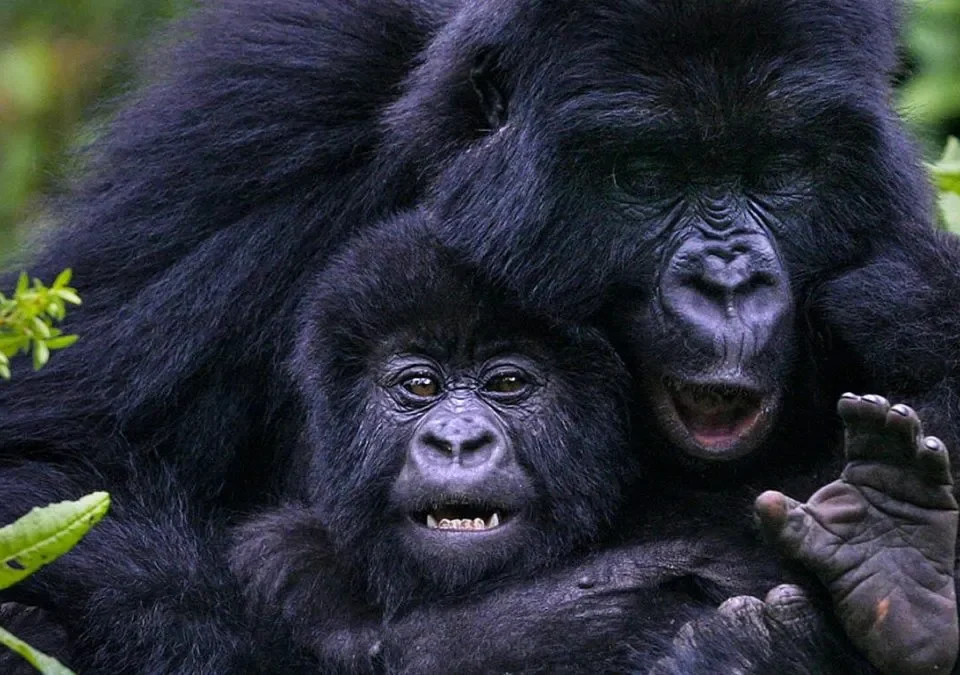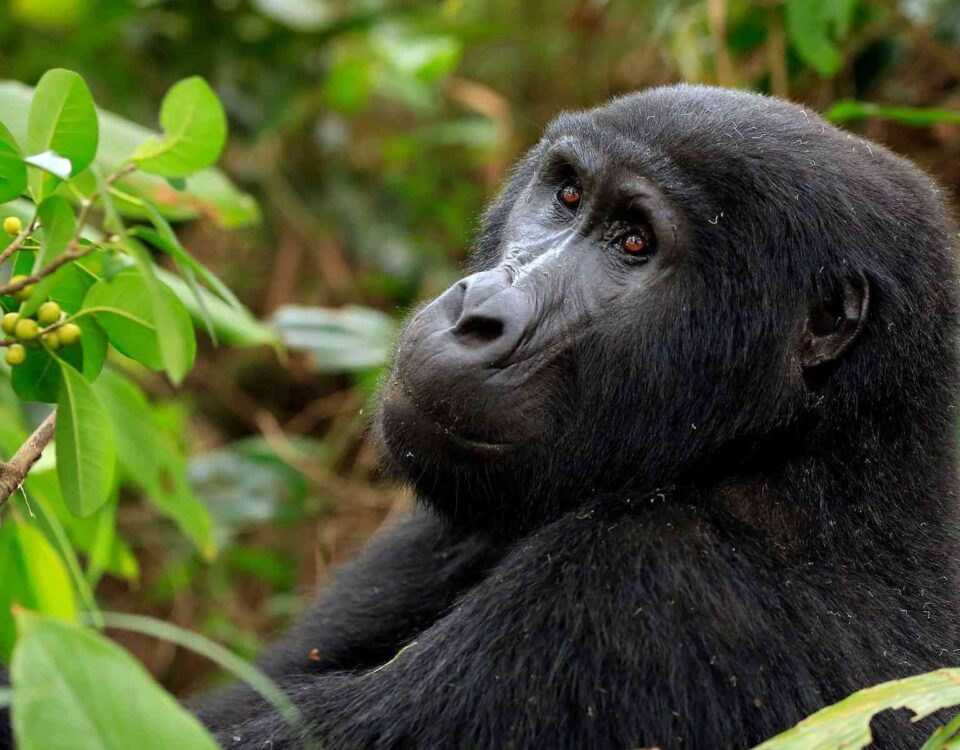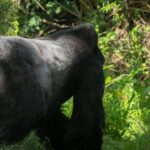
What is the Age Limit for Gorilla Trekking in Uganda?
March 25, 2025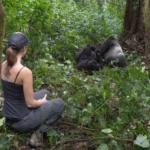
Where is the Best Place to Go Gorilla Trekking?
March 27, 2025How Many Mountain Gorillas Are Left in Uganda?
Mountain gorillas (Gorilla beringei beringei) are one of the most charismatic and endangered species in the world. With their captivating presence and extraordinary intelligence, mountain gorillas have become a symbol of conservation success. Found primarily in the high-altitude forests of Uganda, Rwanda, and the Democratic Republic of Congo, these magnificent creatures have long been at the heart of conservation efforts in Africa. In this article, we explore the current population of mountain gorillas in Uganda, the conservation initiatives that have contributed to their recovery, and the ongoing challenges that threaten their survival.
Understanding the Mountain Gorilla
Mountain gorillas are a subspecies of the eastern gorilla, distinguishable by their larger size and thicker fur, adapted for the cold, high-altitude environments they inhabit. Unlike their lowland counterparts, mountain gorillas are primarily found in the misty forests of the Virunga Mountains and Uganda’s Bwindi Impenetrable National Park and Mgahinga Gorilla National Park. These gorillas are critically endangered, and their populations are primarily concentrated in the protected areas of Uganda, Rwanda, and the Democratic Republic of Congo.
Mountain gorillas live in complex family groups led by a dominant silverback male. These groups usually consist of females, offspring, and occasionally other males. The gorillas are herbivorous, with a diet mainly consisting of leaves, fruits, bamboo shoots, and stems. They are known for their intelligence, with researchers studying their social behavior, communication, and interaction patterns.
The Current Population of Mountain Gorillas in Uganda
As of the most recent census conducted in 2020, the population of mountain gorillas in Uganda is estimated to be approximately 459 individuals. These gorillas are found exclusively in Uganda’s two major protected areas: Bwindi Impenetrable National Park and Mgahinga Gorilla National Park. Bwindi alone is home to more than 400 individuals, making it the largest population of mountain gorillas in the world. Mgahinga, located in the southwestern corner of Uganda, is home to a smaller but still significant population.
Globally, the total number of mountain gorillas is estimated to be over 1,000, with Uganda housing the largest portion of this population. The growth of this population is a remarkable conservation success, especially considering the challenges these gorillas have faced over the decades.
The Conservation Success Story
The recovery of the mountain gorilla population, particularly in Uganda, has been nothing short of extraordinary. In the early 1980s, the population was dwindling due to a combination of poaching, habitat loss, disease, and civil unrest in some of the gorilla’s range countries. At that time, it was feared that the species would soon go extinct.
However, through persistent efforts by various organizations, the Ugandan government, and local communities, mountain gorillas have made a significant recovery. Key factors contributing to this resurgence include:
Tourism and Ecotourism: One of the major success stories in the recovery of mountain gorillas is the role of sustainable tourism. Uganda’s famous gorilla trekking industry, centered in Bwindi and Mgahinga, has provided a stable and significant source of revenue. Gorilla trekking permits, sold to tourists, generate substantial income, which is reinvested in conservation activities, including anti-poaching operations, park management, and community development.
Anti-Poaching and Law Enforcement: Uganda has implemented stringent anti-poaching laws and surveillance systems to protect mountain gorillas from illegal hunting and human-wildlife conflict. The Uganda Wildlife Authority (UWA) works with armed park rangers who patrol the forests regularly to prevent poaching and illegal activities. The establishment of rapid response teams has also been crucial in addressing emerging threats to the gorillas.
Habitat Protection and Restoration: The creation of protected areas, such as Bwindi and Mgahinga, has been vital in providing mountain gorillas with safe habitats. In addition to the establishment of national parks, forest restoration projects have been carried out to improve the quality of the gorillas’ environment. This includes replanting native trees and controlling human activities that threaten the forest ecosystem.
Community Engagement and Benefits: Local communities living around gorilla habitats have been involved in conservation efforts through education and training programs. By promoting the importance of gorillas for tourism and local economies, communities have become active partners in preserving these animals. Programs that offer employment opportunities, such as guiding, porter services, and handicraft sales, have helped local people benefit directly from gorilla conservation.
Challenges Facing Mountain Gorillas
Despite the successful recovery of mountain gorillas, several ongoing challenges remain that could threaten their future survival.
- Habitat Encroachment: As the human population in Uganda’s southwestern region continues to grow, pressure on land for farming, logging, and infrastructure development increases. While protected areas like Bwindi and Mgahinga offer refuge for gorillas, the surrounding areas are increasingly being developed for agriculture. Encroachment can lead to habitat fragmentation, which can impact the gorillas’ ability to find food, shelter, and space.
- Disease Transmission: Mountain gorillas are highly susceptible to diseases transmitted by humans, particularly respiratory infections. This poses a serious risk, especially in areas where tourism is prevalent. Strict guidelines are in place during gorilla trekking to limit the risk of disease transmission, including requiring tourists to maintain a safe distance from the gorillas and imposing health checks on visitors before trekking.
- Climate Change: Like many species, mountain gorillas are vulnerable to the impacts of climate change. Changes in rainfall patterns, temperature fluctuations, and the alteration of their food sources could affect their habitat. As temperatures rise and the forest ecosystem changes, gorillas may face new challenges to their survival.
The Role of Wild Village Safaris in Conservation
At Wild Village Safaris, we are deeply committed to promoting responsible tourism and supporting the conservation of mountain gorillas. Through our eco-friendly trekking packages, we ensure that a portion of the revenue generated from our tours goes directly toward supporting local communities and gorilla conservation efforts. By educating our guests about the importance of mountain gorillas and sustainable tourism, we hope to foster a deeper connection between people and wildlife, ensuring that future generations will continue to experience the magic of seeing these great apes in their natural habitat.
Conclusion
The current population of mountain gorillas in Uganda, estimated at around 459 individuals, is a testament to the successful efforts of conservationists, the Ugandan government, local communities, and tourism stakeholders. While the species has made a remarkable recovery, continued attention and efforts are required to address the ongoing threats they face. Through sustainable tourism, habitat protection, anti-poaching efforts, and community engagement, the future of the mountain gorilla in Uganda looks promising. With continued support, the iconic mountain gorilla will remain one of the world’s most cherished and awe-inspiring creatures.

